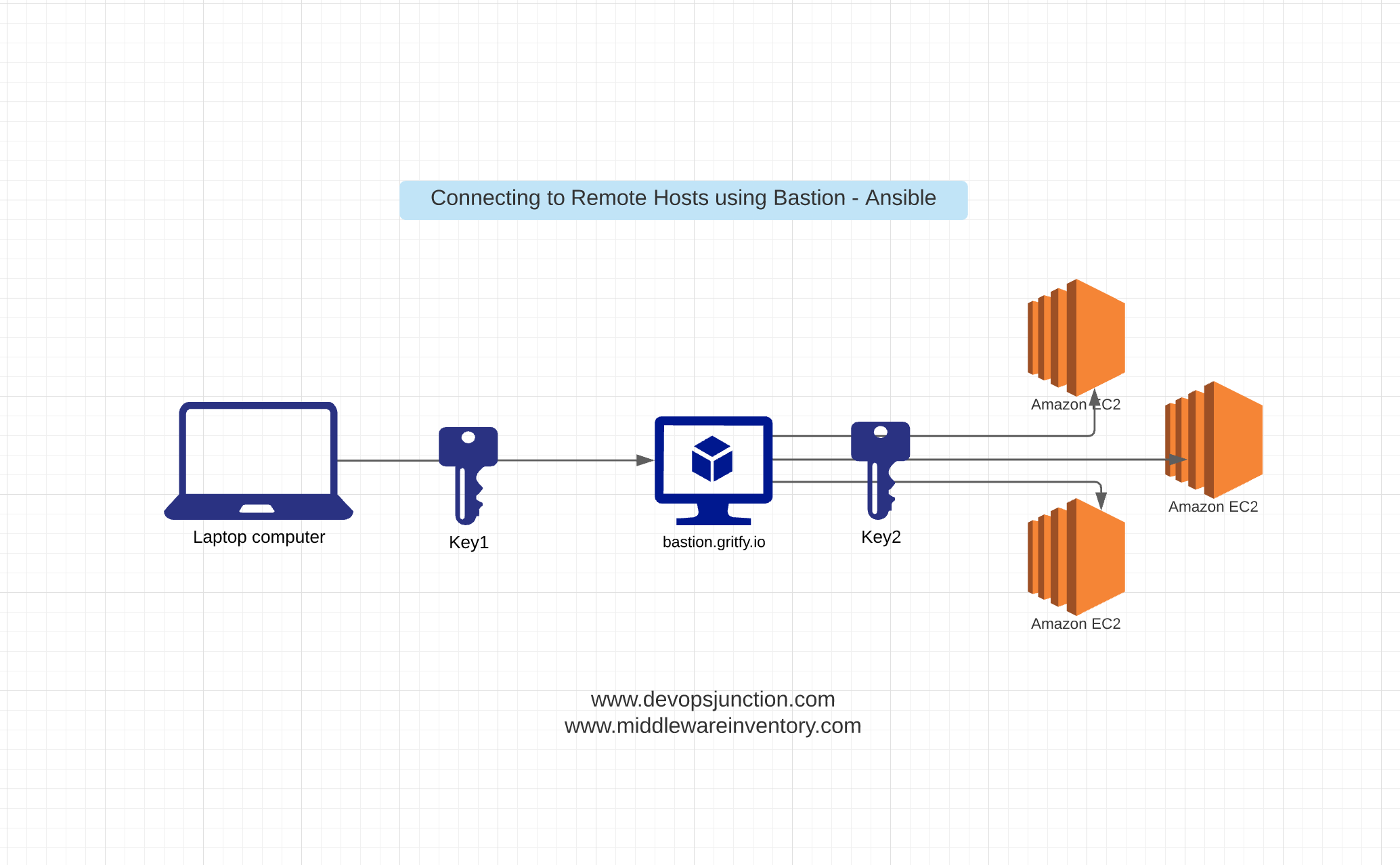

Elastic Cloud Compute Cloud (EC2)Įlastic Cloud Compute Cloud (EC2) is an Amazon service that allows you to manage your virtual computing environments, known as EC2 instances, on AWS. In this part of the series, we focus on the configuration of required EC2 instances, the creation of AMI images, setting up Bastion Hosts, and the RDS database. We have already created a VPC, subnets, NAT Gateways, and configured network routing. If you would like to learn more about design choices behind it, please read Part 1 – Architecture Scaffolding (VPC, Subnets, Elastic IP, NAT). The diagram below presents our designed infrastructure. Part 3 – Load Balancing and Application Deployment (Elastic Load Balancer).Part 2 – The Path Towards Enterprise Level AWS Infrastructure – EC2, AMI, Bastion Host, RDS.Part 1 – Architecture Scaffolding (VPC, Subnets, Elastic IP, NAT).In this article, we will build on top of the work we have done in the previous part, and this time we focus on the configuration of EC2 instances, the creation of AMI images, setting up Bastion Hosts, and RDS database. If you have missed that, we strongly encourage you to read it first. In the previous part, we scaffolded our infrastructure specifically, we created the VPC, subnets, NAT gateways, and configured network routing. This article is the second one of the mini-series which walks you through the process of creating an enterprise-level AWS infrastructure and explains concepts and components of the Amazon Web Services platform. Set the new Deploy Bastion host parameter to false.Let’s pick up the thread of our journey into the AWS Cloud, and keep discovering the intrinsics of the cloud computing universe while building a highly available, secure and fault-tolerant cloud system on the AWS platform.

#Aws bastion host quick start update#
In the Stack Details screen, click Update Stack. You'll need to remove it from the ASI stack you identified in Step 1. Now that the Confluence nodes are no longer dependent on the Bastion host, you can remove the latter. Click through the next pages, and then to apply the change using the Update button.Īt this point, the Confluence Data Center stack nodes can no longer be accessed through the Bastion host. Set the new Use Bastion host parameter to false. Select Update nested stack and click through to the next screen.įrom the Select Template screen, select Use current template and click Next. If you're prompted by a recommendation to update through the root stack, it's because your product stack is nested. This stack uses any of the following Descriptions: If your deployment's root stack has the description Atlassian Confluence Data Center QS(5027), then your ASI stack is another deployment's root stack. Once you've identified this, proceed to Step 2.

If your deployment's root stack has the description Atlassian Confluence Data Center with VPC, then this will be your ASI stack as well. It'll have the same Stack name you provided during the original deployment.



 0 kommentar(er)
0 kommentar(er)
